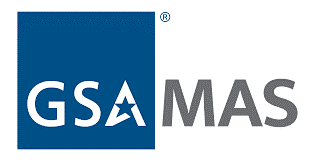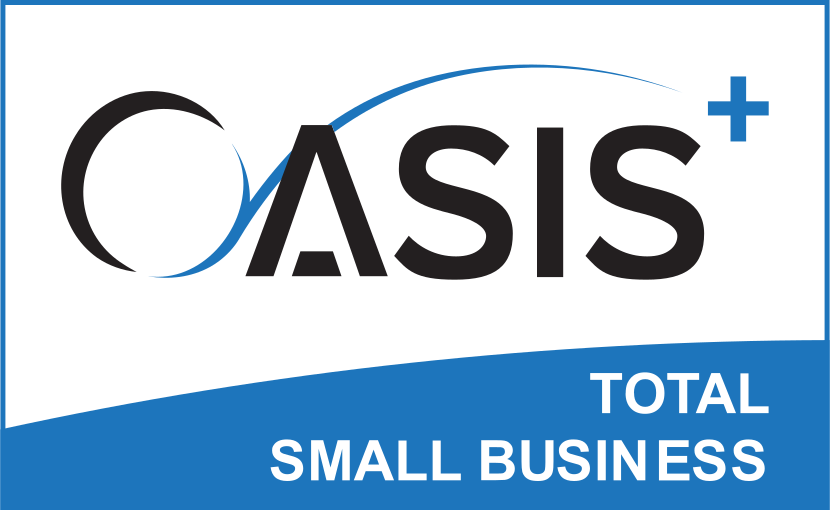From the National Institutes on Health to the Commerce Department and the Department of Agriculture, Drupal 10 increasingly serves as the foundation for the government’s digital presence. Although WordPress and Joomla enjoy a similar level of flexibility and support, Drupal is more widely used in the federal government. Drupal’s ease of use, flexibility, and broad support have driven federal adoption, leaving other open source competitors such as Joomla and Wordpress in its wake.
There are a few reasons why:
- Simple modules that provide efficient content management with NO licensing costs
- Central management of critical infrastructure
- Improved accessibility of web services from any device
- High-grade security that protects personally identifiable information
We’ll consider each of these points closely.
Efficient Content Management with No Licensing Costs
Drupal 10 has several new features that increase efficiency for web content managers, as well as users of the website. Moreover, since Drupal is open source software, there are no licensing costs. Agencies are no longer locked into a single vendor — developers globally are constantly innovating and patching Drupal. Also, if you enhance Drupal, you have the option to contribute back to the community, giving you a voice in the future direction of Drupal.
One example that significantly helps content managers is the Quick Edit module, now built into Drupal 10 core. This module allows users to efficiently edit content directly from the content page — no need to switch to a separate administrative page, just click and edit.
Workflow has also been greatly improved in Drupal 10, with the content moderation module being built into Core. With this built-in functionality, users can easily create new custom workflows, track differences, compare revisions, and revert to previous versions. Now web content managers can move from site to site with minimal to zero additional training time. Using content modules, Drupal 10 has some simple techniques to assist non-technical editors in crafting an interactive experience. The new functionality of core modules allows for even more control over the appearance of content.
Central Management of Many Sites
Even though agencies are separate, there is often one state or federal government IT entity managing groups of similar websites and services. Users appreciate a consistent experience, and Drupal 10 can help. For example, by deploying a multi-site configuration, an agency can run multiple sites (with similar features/functionality) under a single codebase. Of course, a multi-site configuration works best in an environment where each subsite has similar features, security requirements, and deployment timeline. Centralizing development under a multi-site configuration carries an additional cost-savings benefit. Reduced testing is needed to ensure elements deploy properly when they are updated, without the need to test on individual satellite sites.
Moreover, Drupal 10 has embraced Object-Oriented Programming (OOP) concepts, which adds benefits such as code reuse and encapsulation, allowing agencies to build more maintainable and structured code, resulting in reduced costs and time to launch.
Improved Accessibility
Today’s user is on-the-go and may be on her way to an office to seek assistance. Web services that allow her to access that information from her mobile device are becoming the standard user experience.
Drupal 10 is mobile friendly, which allows the government to catch up to enterprise with beautiful and responsive websites that function like dedicated applications. This functionality extends to forms, user account access, menus and navigation, and all the other site components that meet users’ needs on any device.
High-Grade Security
Perhaps the most important reason that Drupal 10 continues to see extensive use in federal government is its high-grade security. Open Source is partially responsible for this improved security, but Drupal’s dedicated security team also provides responsible, timely updates that patch the vulnerabilities users uncover. Because new updates release quickly, and because websites are centrally managed, Drupal 10users can quickly protect many websites with a simple patch.
Rapid deployment of secure patches, alongside continual testing, is the ideal environment for any security professional. Drupal also maintains a list of fundamental best practices teams can use to build their own security posture.
Final Thoughts
Drupal 10 represents the virtues of Open Source development: extensive development support and a source of new talent consisting of millions of active Drupal developers extending the platform. Additionally, Drupal is powerful enough to accommodate future development with minimal training for non-technical users. These features of Drupal 10 align strongly with the federal policy of achieving efficiency, transparency, and innovation through reusable and open source software.




